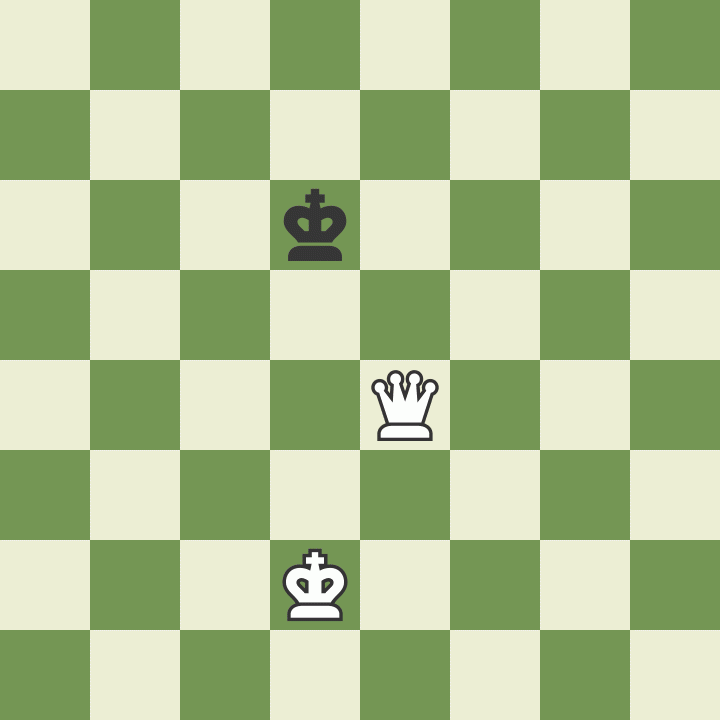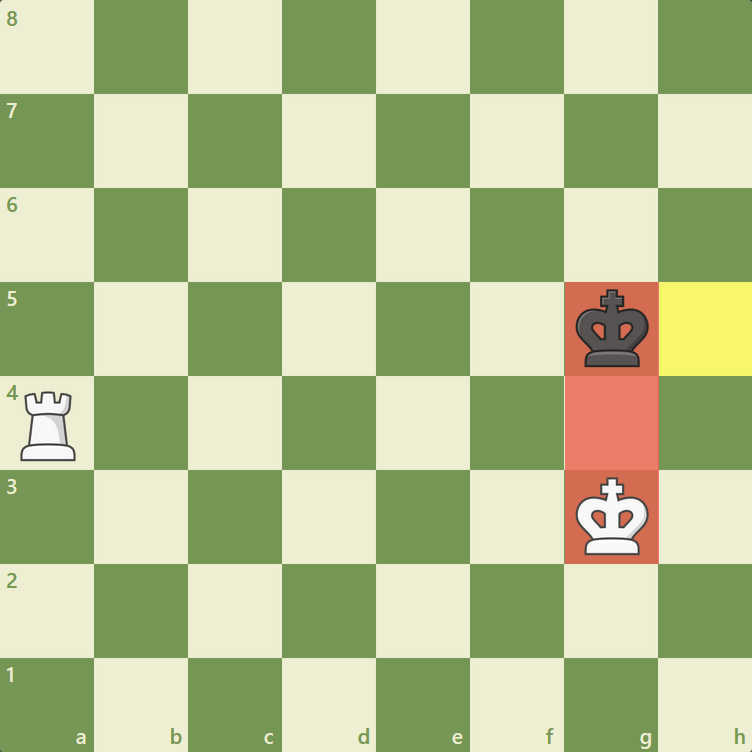Knight Opposition in Endgames
This one I picked up reading Levy Rozman’s new book How to Win At Chess and talks about dealing with chess endgames where you have a King and Queen or Rook versus a solitary King. Its a situation I have struggled with in the past, often causing stalemates, but the concept of Knight Opposition is key to closing out this winning position.
The key to Knight Opposition is in moving “your Queen to a square where—if your queen were a knight—it would be checking the [opposing] king.” This also works in King and Rook endgames albeit slightly differently.
With a Queen endgame, the key is to do this until the opposing King is moved into a corner before moving your own King over to aid in the checkmate. In doing so, we must give the opposing King 2 valid squares for them to move between in order to prevent stalemate.

After doing so, it is just a case of moving your King into place so that it protects the Queen when it goes for the checkmating move adjacent to the opposing King.
If we instead have a King and Rook endgame, the process is a involves your own King a bit more since the opposing King poses more of a threat to your Rook. Again, we focus on moving the opposing King do the edge of the board however this time we will put our own King in Knight Opposition and use the Rook to block the rank or file diving the Kings.
What we are looking for is a position where the 2 Kings are in “direct opposition” like the image below. Once we have this position, we can use our Rook to deliver a check which forces the opposing King closer to the edge of the board.

The key thing to note about this sequence is that if you notice your opponent will be forced to move into Knight Opposition on their next move, you will need to play a “waiting move” with your rook. You don’t have to be worried about stalemate in this position.